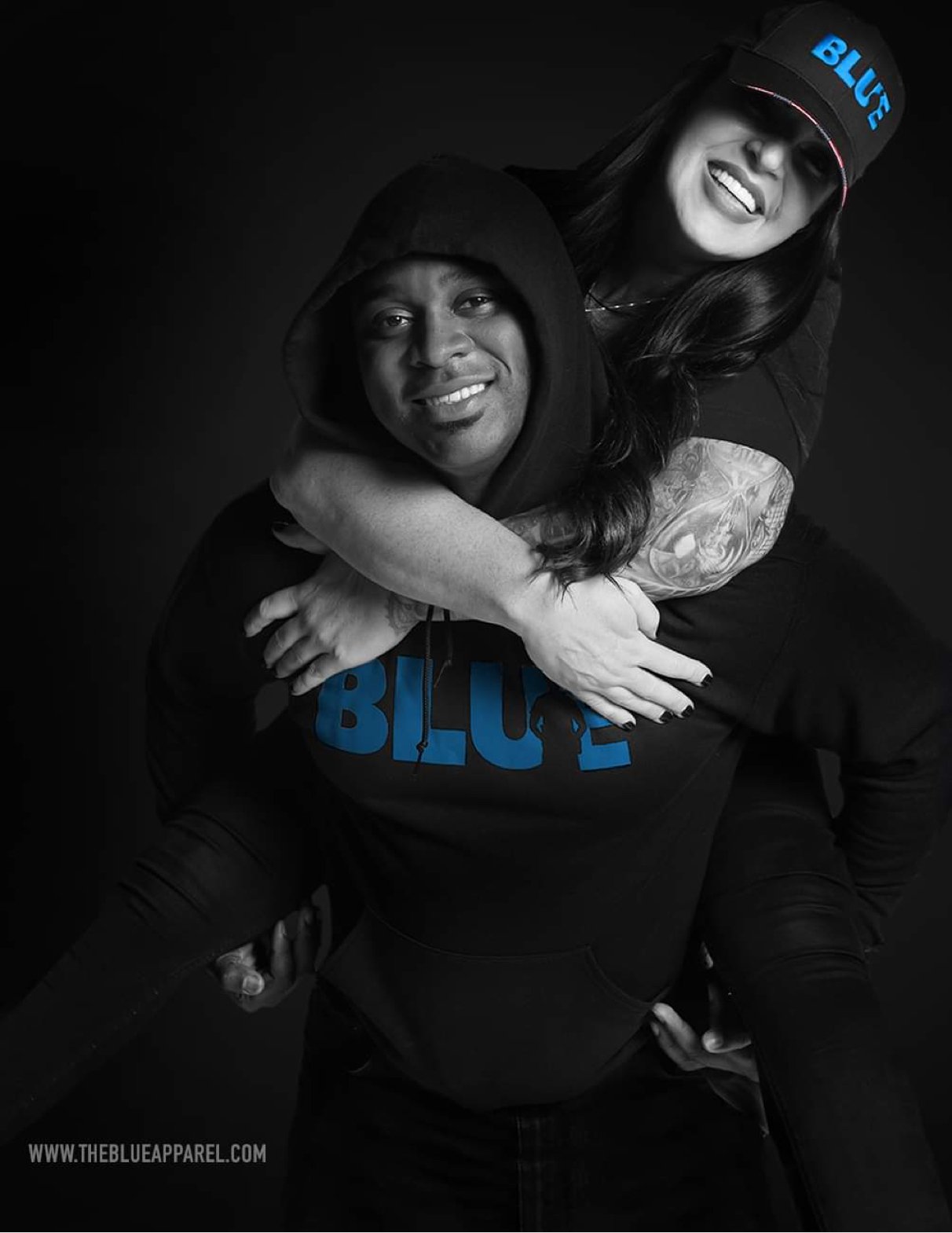Can The Justice System Help Violent People With Mental Health Issues?
/Can The Justice System Help Violent People With Mental Health Issues?
By: Leonard Adam Sipes, Jr.
This article addresses programs designed to assist offenders with serious mental health problems, from laws designed to stem violence or mass shootings to the rehabilitation of criminal offenders.
No one is questioning the efficacy of mental health treatment for the general public. The challenge is criminals with a history of violence or people in the community threatening violence or a mass shooting.
When I was the director of public information for the Maryland Department of Public Safety (a combined law enforcement and corrections agency), I was asked by the media why the state didn’t do more to “rehabilitate” prison inmates or those on parole and probation. As I was new in the position, I put that question to the four commissioners in charge of our correctional operations.
“Leonard, most offenders come from abusive family backgrounds with massive substance use and serious mental illness. Nothing short of a substantial intervention will get them to mental competency and sobriety.”
So I asked what was standing in the way of massive interventions. Wouldn’t it make sense to assist them? As one stated, “There isn’t enough money because there’s little proof that programs work, especially for those seriously afflicted who have violent backgrounds.”
Their replies come to mind when I read a recent article from the New York Times about Kendra’s Law and treating violent people in the community which has been cited as a national model for involuntary treatment programs. The investigation found that people under Kendra’s Law orders “have been accused of committing more than 380 subway shovings, beatings, stabbings and other violent acts in the past five years alone, more than a third of which took place in New York City. In addition, more than 90 people have killed themselves while subject to Kendra’s Law orders in the past decade. Eighty-five percent of the attempts to use Kendra’s Law to hospitalize people against their will in New York City did not result in hospital admissions.” Critics of Kendra’s Law acknowledge that there’s insufficient money for correctional treatment.
There’s not a prison warden in the country who’s against treatment programs while understanding that mental health is the core of rehabilitation efforts. It doesn’t matter whether it’s getting a GED or bricklaying or preparing for life on the outside, having a healthy relationship with yourself or others is vital.
Programs for inmates create stable environments within correctional facilities. Inmates who are meaningfully engaged in programs behave better. Programs create safer and saner environments for correctional staff and when you realize that most inmates have current or past convictions for crimes of violence, keeping prisons safe becomes primary goals.
Per the Bureau of Justice Statistics, 78 percent of inmates had previous incarcerations. Forty-two percent had 5-10 or more incarcerations. 62 percent were violent. 66 percent of male inmates are serving time for violent crimes. If one looks at criminal histories, the percentage of those in prison for crimes of violence easily reaches 70-80 percent.
The simple answer for the lack of money for correctional treatment is, quite simply, that they have questionable track records of success.
There’s not a chief of police who disagrees with mental health interventions for people with potential violence issues, but they understand that there are endless complexities to getting a person into treatment, keeping them there and making sure that they get the right treatment.
Even when states do the right thing regarding mental health programs for potentially violent people in the community, counties may not comply because of a lack of funding.
I sat with one of our correctional commissioners in a facility housing hundreds of inmates charged with murder or serious violent crimes. We were gaining intelligence for a governor’s crime summit. It was just he and I. The inmates spoke openly.
We were told that violence was a necessary component in their lives. They said that being scary-violent and the willingness to use violence was in their best interest. It kept them and their family and possessions safe. “You don’t get it, Mr. Sipes, being violent is a good thing.”
When we asked questions about their backgrounds, a reputation for mental illness was a plus. If you’re known as unpredictable and willing to use violence, people keep their distance. They are careful about what they say or do regarding you. The inmates we spoke to believe that the crazier, the better.
They describe being raised by absent or uncaring parents who engaged in abuse or neglect, that their neighborhoods were dangerous, and that substance abuse and gangs were logical outcomes that offered protection.
In short, they made dysfunction something they willingly embraced. They didn’t expect to live beyond the age of 25. How do you successfully treat someone with that view of themselves?
So are most correctional or community programs doomed to failure? Whether it’s “assisting” mentally ill people in the community or the correctional system, the interventions need dramatically more funding. We impose Red Flag (firearm confiscation) laws that cops don’t have the person power to enforce (thousands of police officers have left the job). We pile on responsibilities (i.e., school security, mass shooting prevention, keeping communities safe) when cities are stating that they have lost hundreds of cops.
I’m guessing that most in the criminal rehabilitation field would insist that this finding applies to their programs as well, which is why the vast majority of offenders are rearrested or incarcerated upon release.
The collective literature states that programs for offenders either do not work or do not work well. Yet, daily, I read about programs that are providing wonderful results.
States have different interpretations of released inmate recidivism. Some states are merely changing the rules of bad or criminal behavior that ensure that their recidivism rates decrease.
Most offenders have mental health backgrounds.
In the final analysis, we might be able to save the government billions of dollars and cut violence considerably “if” the interventions were successful. With such a massive payoff, why are governments so reluctant to properly fund interventions?
It’s because violent criminal offenders can be extremely difficult to assist. Many in parole and probation describe them as at war with the world; they have chips on their shoulders the size of Montana. It’s because criminal offenders see crime to be a logical path. It’s because, regardless of what advocates suggest, the results of programs suck (an opinion most inmates embrace).
Society insists that people in the community threatening violence who have mental health issues be addressed by mental health providers and law enforcement and both lack the resources and staff to comply.
Advocates constantly tell us that the vast majority of people with serious mental health problems will never commit violence. Where is the data that allows us to distinguish between the truly dangerous and those not?
Interventions for the seriously mentally or emotionally ill with violent backgrounds (or those threatening violence) need exceptional research and funding. Unless that happens, little will change.
Leonard Adam Sipes, Jr.is a retired federal senior spokesperson. A former Adjunct Associate Professor of Criminology and Public Affairs - University of Maryland. Former advisor to the “McGruff-Take a Bite Out of Crime” national media campaign. Past police officer. Aspiring drummer. Operator of CrimeinAmerica.net. His book based on thirty-five years of criminal justice public relations,” Success with the Media: Everything You Need to Survive Reporters and Your Organization” is available at Amazon and additional booksellers. He can also be found @ leonardsipes.com











